Happy New Year.
May this year be a healthy one for everyone.
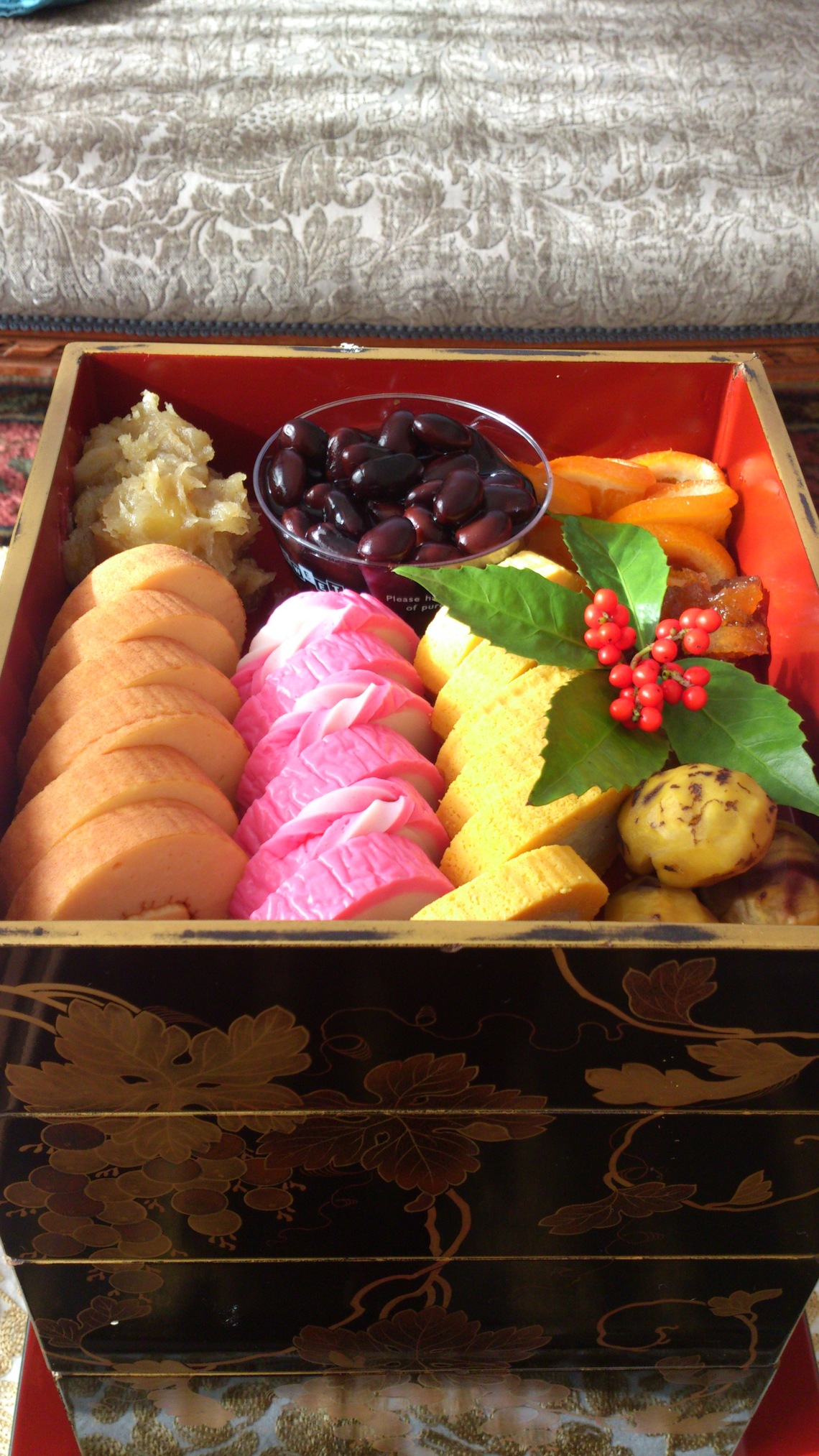 |
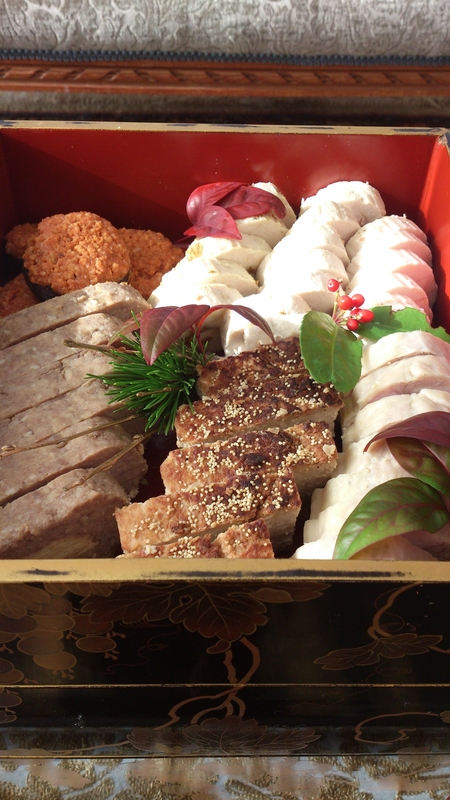 |
 |
 |
My part was simmered fish, the ozoni not shown here, and roast beef.
|
Ever since I was little, after December 25th passed, Mom would hole up in the kitchen. She'd glare at the list stuck on the fridge and cook with a fierce expression. As a child, I was sent on errands. I'd be scolded for buying extra-large turnips when told to get small ones for chrysanthemum-shaped turnips, and reprimanded for mixing up powdered agar and stick agar. If I stayed home, I'd get nagged; if I went out, I'd get nagged. Year-end was simply a depressing season.
Still, lately, I've gradually learned the recipes and we've started dividing up the preparations between the kitchens of our two-generation home. I still handle about eighty percent of it, but is it just my imagination that she's not as grumpy as before? Anyway, on New Year's Eve, as I pack everything into the lacquered boxes, the familiar shape of our family's osechi dishes emerges. It's nowhere near as impressive as the elaborate boxes made by professionals, but it's an essential annual ritual for starting the new year.
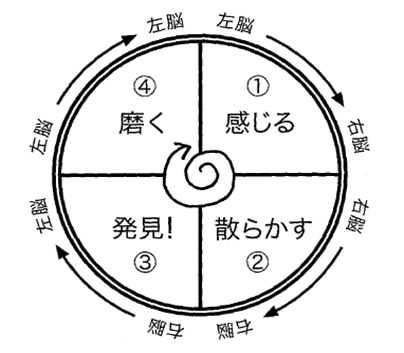 Now, the fourth type of circular thinking is "Polishing Mode." Here, we temporarily set aside all previous concrete plans, moving back and forth between the concept (idea) and the specifics, reconstructing the whole based on a new perspective.
Now, the fourth type of circular thinking is "Polishing Mode." Here, we temporarily set aside all previous concrete plans, moving back and forth between the concept (idea) and the specifics, reconstructing the whole based on a new perspective.
Essential to this is "professional skill." The advertising industry encompasses an incredibly wide range of professional skills—CM planning, app development, PR and events, research/analysis, legal affairs, and more. In "Polishing Mode," these professionals apply their skills in accordance with the concept (idea).
What truly makes me happy at Dentsu Inc. is the sheer number of professionals operating at unimaginably high levels.
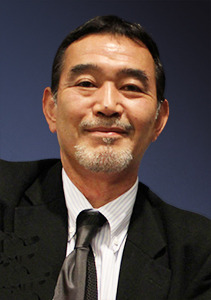 |
This is Mr. Murata's "photography."
|
The other day, I heard some childhood friends from elementary school were gathering, so after work, I made the long trip from Shimbashi all the way to Tsukushino Station on the Den-en-toshi Line for drinks. We were having a great time with the old gang at "Tapps' Cafe," a place run by my childhood friend Ishiguro-kun that serves delicious Western food. But, obviously, I had to take the train back. Rushing to catch the last train, I jumped on... Huh? There, rubbing sleepy eyes, was a senior colleague from work??? Murata-san?
Turns out he'd been drinking downtown (at Suitengu) and overslept all the way to the terminal at Chuo-Rinkan. He was just heading back. Now, take a look at this painting Mr. Murata created.
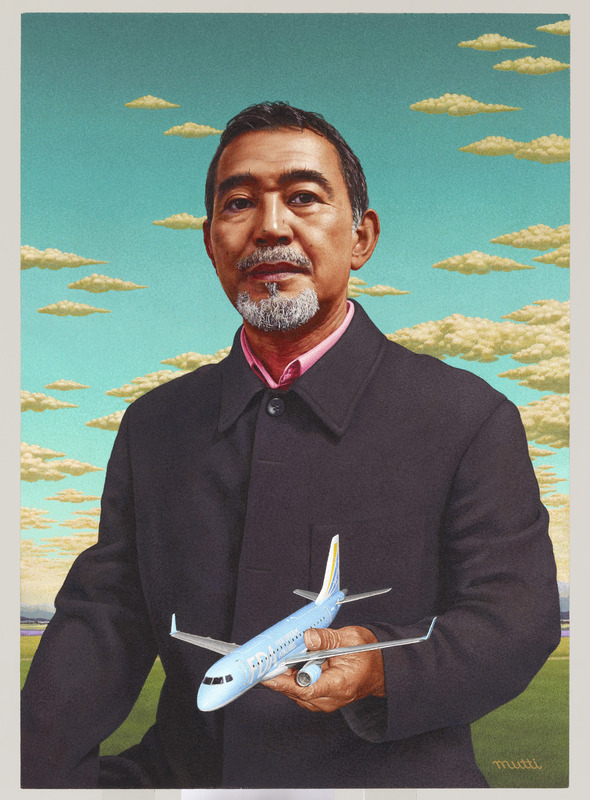 |
This is Murata-san's "painting (pointillism)"
|
And to think someone this amazing was sitting right there! And it's not just Mr. Murata—an environment where so many communication professionals gather like this is pretty rare, even globally.
In any case, the refinement phase requires bringing together many "skills." To realize concrete strategies based on new perspectives, we must inevitably take on new challenges. Here, we demand a professionalism that refuses easy compromise and relentlessly elevates the quality of output.
This isn't limited to creating advertising campaigns. It's a process you must go through whenever you want to innovate in any field. I'll go into more detail later, but it was the same when we helped Ginza Mitsukoshi's butcher shop, "Kataba San." Centering on the concept (idea), we worked hard alongside professionals in procurement, customer service, packaging materials, uniforms, and many others. Only by bringing together all their skills could we finally assemble a new, complete picture.
Over the past 12 installments, we've introduced Dentsu Inc.'s method for creating concepts (ideas), called "Circular Thinking." It involves gathering materials in Feeling Mode, thoroughly exploring every possibility in Scatter Mode, discovering the concept (idea) that logically aligns with goals and challenges in Discovery Mode, and then reconstructing the whole using professional skills in Polishing Mode. Since we covered each part every two weeks in this column, some points might have been unclear. Starting next time, I plan to explain the characteristics and overall picture of this methodology (while still featuring my beloved food topics).
Enjoy!





 Now, the fourth type of circular thinking is "Polishing Mode." Here, we temporarily set aside all previous concrete plans, moving back and forth between the concept (idea) and the specifics, reconstructing the whole based on a new perspective.
Now, the fourth type of circular thinking is "Polishing Mode." Here, we temporarily set aside all previous concrete plans, moving back and forth between the concept (idea) and the specifics, reconstructing the whole based on a new perspective.


